Huawei is brushing off US-imposed chip sanctions, or so it claims

The Huawei Mate X6 for reference. | Image credit – PhoneArena
The private sector executives are talking about, of course, the impact of US-imposed restrictions on China's technology industry. Huawei, which was arguably hit hardest of them all with numerous hardware and software restrictions, appears to have provided reassurance on this front.
Ren Zhengfei, the founder of Huawei, participated in the meeting and informed the chief of state that the difficulties surrounding China's semiconductor supply were gradually easing. He noted that the nation's reliance on foreign-made chips and operating systems was diminishing.
A Chinese technology minister clarified that the term "core" refers to semiconductors, while "soul" represents operating systems.
The ongoing US-China chip dispute dates back to 2019 when the US government imposed restrictions on Huawei, cutting off its access to critical technologies and advanced chipmaking equipment. The sanctions severely impacted Huawei, limiting its ability to produce high-end semiconductors.
Additionally, US authorities barred Google from providing its mobile services to Huawei devices, affecting the efficiency of its operating system.




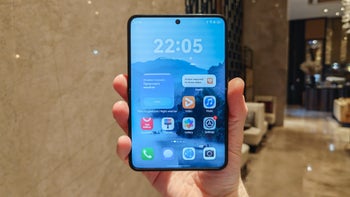
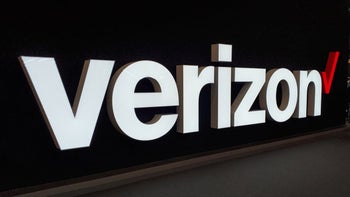

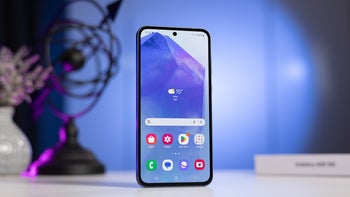
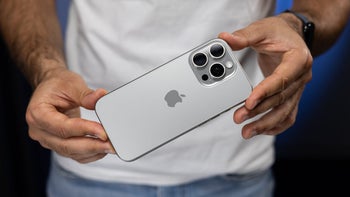
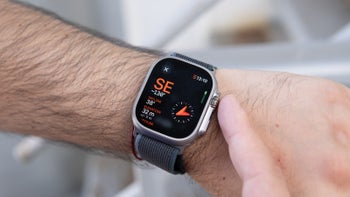
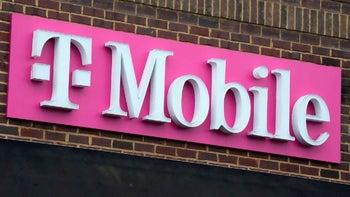

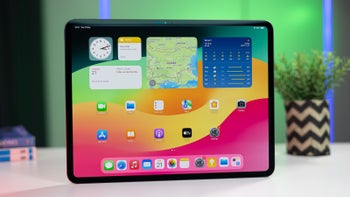
Things that are NOT allowed: